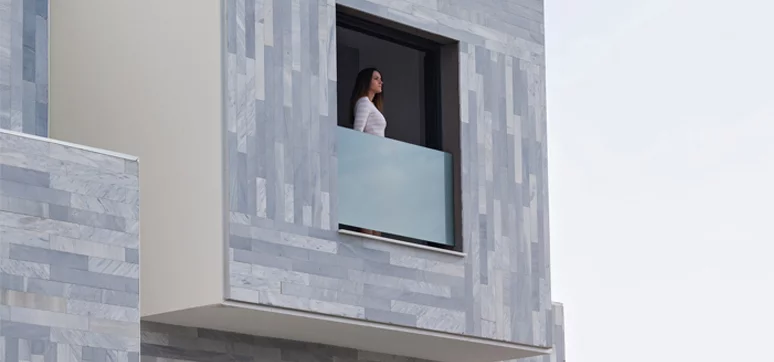In the region, the use of natural stone has become prevalent in most architectural designs. Over the last decade, this has become increasingly popular for façade use. Designers working towards contextual architecture, find that its use is multipronged. In addition to a thermal mass, stone cladding does provide many other attributes, making it ideal for external use. Natural stone comes in many forms, sizes and textures. Not to mention, its regular “irregularity” gives a richer look and feel to the material, as compared to a flat acrylic.
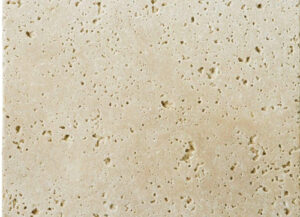
Thicknesses and porosity can be varied as well, depending on use. Finally, natural stone can be sourced locally or within a very small travel distance given the region. This allows the material to have a relatively low, carbon footprint. Stone cladding has been widely embraced in classical architectural design, however, there is a rising number of use-cases within contemporary architecture as well. With its popularity, many designers are now educating themselves on the various nuances and properties of natural stone. These are the top 4 factors when deciding what finish to pick.
Filled or Unfilled
Much like most designs in nature, the stone is perfectly imperfect. Most natural stones are formed with voids, nooks, and crannies. It is brilliant! If you are after a textured, surface with contrast.
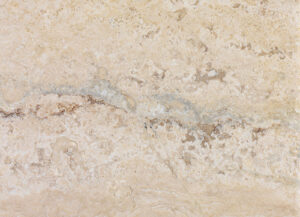
However, it can be quite porous and easily stained. If needed, these voids can be ‘filled’ with material to color match. When done correctly, the naked eye cannot tell the difference. In addition, a filled surface can be then be sealed with an epoxy finish and/or polished. This treatment makes it ideal for external cladding, where the stone is exposed to the elements of humidity, heat, etc.
Veins
This is an industry term given to the ‘vein’ like, naturally occurring, and markings across slabs of stone. Whilst there are no ‘good’ or ‘bad’ veins, no two slabs are ever ‘the same vein.’ Therefore, it is critical to ‘visually select’ slabs that match your aesthetic.
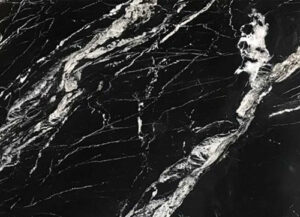
What you see in a brochure is not always what you will get. If possible, it always recommended to ‘physically’, be able to select your slabs or stone block from the quarry directly. This allows designers to select the veins best suited for their design intent. Also, with a physical visit, the stone can be observed under natural light conditions. A white marble, for example, would have multiple variations in color at different times of the day.
Glossy or Honed
As an end product, stone slabs are sometimes sealed with a transparent finish, often making them stain resistant. This is known as the glossy finish. A glossy finish does catch a lot of reflections and can be quite bling-bling, even for the most humble of stones.
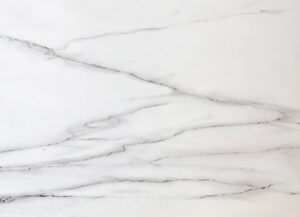
A honed finish is normally achieved by sanding down, or shaving off, a thin layer of the stone surface. This exposes, a mild texture with a matte finish. Again, there is not a right or wrong selection. It is purely reliant on the design intent. A honed finish may best reflect a calm, private, residential space. A glossy finish of the same stone may best reflect a high-end, hospitality space. Feel free to mix and match. It is even possible to have a mix of both finishes with a clean interface joint.
Wild Card – Bush Hammered
Much like a glossy or honed finish, the bush hammered finish is quite self-explanatory. The stone slab or cut piece is hammered by a spherical or ‘bush’ shaped bit and/or custom planar routes. However, the result is a smooth, bumpy, textured, matte finish.
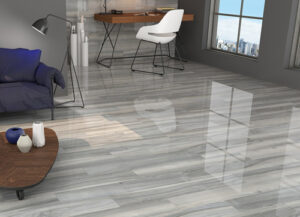
Depending on the stone, the result can resemble a leather texture, to the touch. The use cases remain the same for this finish. The finish is best suited for projects that would be within contact with the end-user.
With all the finishes above, the final point to consider is illumination. When it comes to regular glazed façades, illumination is not always critical as glass can have internal/ambient light seep through its transparency. However, this does not apply to stone.
Therefore, external lighting for stone façades is key. Many finishes of the same material react differently under the same light. For example, a travertine glossy/filled/finish may have high reflectance with a minimal 10W lighting fixture. The same fixture, however, may be completely unseen on a honed, basalt finish. This will cause the design intent to be completely lost as soon as the sun goes down.
Why does this matter?
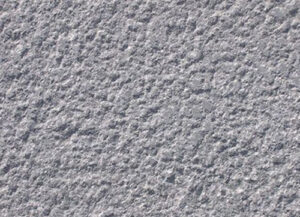
Individually, each factor can take the looks, of a natural stone from ‘It is fine?” to “It is good!”. However, a combination of the factors, takes it from good, to great! If you have ever walked into space or seen a building and been in awe of the stone finish, that is the secret. There have always been industry standards that have pre-determined certain finishes for certain types of projects/uses. However, we are now seeing those standards being challenged as well. Designers can now feel free to try out a combination of finishes and stones to best reflect their design intent.
As long as the selection can last in external environments, anything is possible. Some of the best projects to do these have been the ones that have broken away from the norm. So given the experimental age that we are in, it is best to keep any open and ‘informed’ mind, when it comes to stone selection.
So the next time, as a designer, you may want to use the following combinations to see better results with your natural stone façades.
- “Do you have a honed, unfilled finish in slabs?”
- “Do you have a glossy, filled finish in 60×60 tiles?”
- “Do you have a sample with better veins?”
- “Does this come in a bush-hammered finish?”
- “Can this surface be sealed and/or polished?”
- “Does the color fade under extreme weather?”
While there are MANY more technical attributes to natural stone, such as thickness, weight, scoring, and many more? The above should set you in the right direction of discovering your own palette. Do not afraid to challenge the norm and keep exploring your options. Happy stoning!
